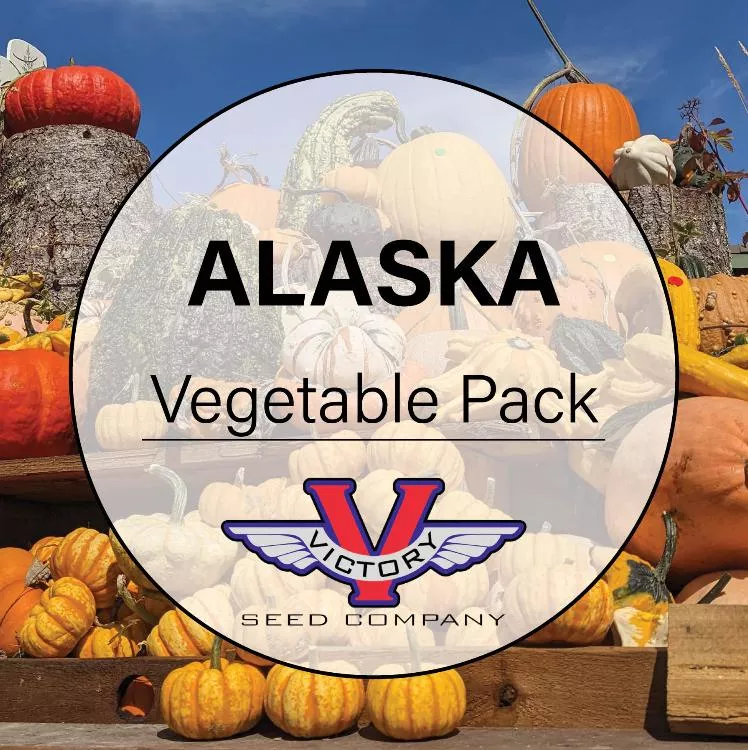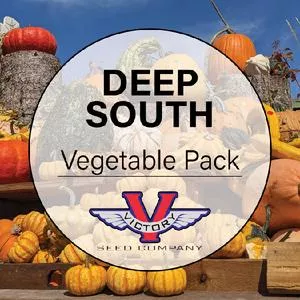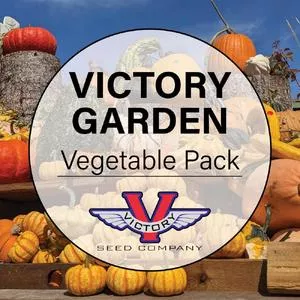Alaska Vegetable Garden Pack
Price: $65.45
SKU: 30096211Gardening in Alaska can be a challenge. Summers are short, and so you need varieties that will be ready early. Moreover, the long daylight hours during summer means that leafy greens can be prone to bolt (go to flower) way faster than you expect. The trick is to grow and harvest as soon as possible.
In Alaska, all greens and most root crops can be grown easily. Therefore, we have selected our best and longest-standing (slowest to bolt) varieties of greens. That means bounties of kale, lettuce, spinach, as well as root crops beets, carrots and turnips. Sugar snap peas also grow well and can handle cooler weather, so plant those early.
That brings us to the topic of the more difficult summer crops. Zucchini, squash, and cole crops like broccoli, cabbage, and cauliflower. The cole crops should be started indoors under growlights (or in a sunny windowsill) about 4 to 6 weeks before your last frost date. For Anchorage, that means you should start them indoors between February 28 and March 13. Then transplant the cole crops to the garden in mid to late April.
We also included the tomato Stupice in this pack, and it grows very well in extreme northern climates, but as with all tomatoes, it is easily killed by frost. Sow them indoors in early April and transplant into the garden after all danger of frost is gone. You'll get fruit in less than 2 months of growing outdoors.
Squash (zucchini, etc) can be started indoors around late April and then carefully transplanted to the garden after all danger of frost is past. That means mid-May. Keep an eye on the forecast.
Corn and beans can be planted directly in the ground at the same time, after all danger of frost is past, and after the soil's temperature is 65 degrees or warmer.
We believe that every selection in this garden pack will do very well for you, and we wish our Alaskan friends a successful garden with these varieties.
Place a single order for this item and you will get one packet of each of the items shown below at an overall discount. If you prefer, you can order them individually one by one, by clicking on each item in the list.
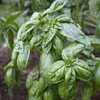 Basil, Italian Large Leaf (Sweet)
Basil, Italian Large Leaf (Sweet)Sweet basil with large leaves, perfect for pesto and Italian dishes, thrives in full sun.
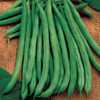 Blue Lake 274 Bush Green Garden Bean
Blue Lake 274 Bush Green Garden BeanA canner's favorite green snap bean.
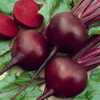 Detroit Dark Red Beet
Detroit Dark Red BeetRenowned for its sweet, tender roots and versatile use.
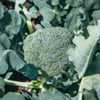 Di Ciccio Broccoli
Di Ciccio BroccoliAn old Italian heirloom broccoli. Compact plants.
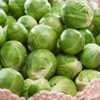 Catskill Brussels Sprouts
Catskill Brussels SproutsLarge, dark-green and firm sprouts.
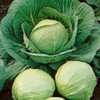 Early Round Dutch Cabbage
Early Round Dutch CabbageProduces uniform 4-5lb heads with excellent heat tolerance and flavor, ideal for diverse climates.
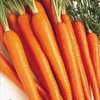 Henderson's Tendersweet Carrot
Henderson's Tendersweet CarrotDistinct, dark-green foliage; 8-10 inches long, taper slightly from the shoulder to a blunt end.
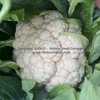 Early Snowball Cauliflower
Early Snowball CauliflowerEarly and uniform maturing, smooth, pure white heads weighing 3 to 5 pounds.
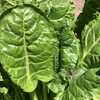 Perpetual Swiss Chard
Perpetual Swiss ChardVery hardy being resistant to drought, bolting, and later in the season, to frost.
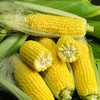 Golden Bantam Sweet Corn
Golden Bantam Sweet CornThe most popular yellow sweet corn among home gardener's since the beginning of the twentieth century.
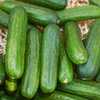 Muncher Cucumber
Muncher CucumberSmooth, tender, burpless fruit.
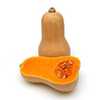 Waltham Butternut Winter Squash
Waltham Butternut Winter SquashLight tan, 7-9 inches long with a thick neck.
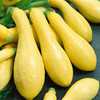 Early Prolific Straightneck Summer Squash
Early Prolific Straightneck Summer SquashThe fruits taper towards the stem end and are a nice lemon yellow color.
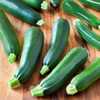 Black Beauty Zucchini Summer Squash
Black Beauty Zucchini Summer SquashFruit are harvested at 6 to 8 inches by two inches and dark green.
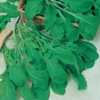 Arugula
ArugulaSpicy-flavored and versatile, this cool-weather green enhances salads, soups, and sauces.
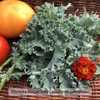 Dwarf Blue Curled Scotch Kale (Vates)
Dwarf Blue Curled Scotch Kale (Vates)Leaves are finely curled, bluish green, low growing.
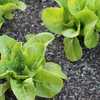 All The Year Round Butterhead Lettuce
All The Year Round Butterhead LettuceMedium sized heads stay firm and solid even in hot weather.
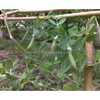 Sugar Ann Sugar Snap Pea
Sugar Ann Sugar Snap PeaCrisp, flavorful, 3-inch snap peas. Great fresh, in stir fry or frozen.
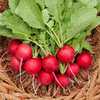 Cherry Belle Radish
Cherry Belle RadishQuick growing, globe shaped radish with bright red skin and crisp, firm, white flesh.
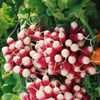 French Breakfast Radish
French Breakfast RadishScarlet with white tips and crisp, white flesh.
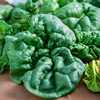 Bloomsdale Longstanding Spinach
Bloomsdale Longstanding SpinachEarly, dark green, crumpled leaves can be sown in spring or fall.
 Stupice Tomato
Stupice Tomato50 days, indeterminate, potato-leaf plants with 2½-inch red fruit, excellent flavor, heavy yields.
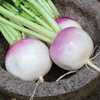 Purple Top White Globe Turnip
Purple Top White Globe TurnipRound roots that are bright purple on the upper part and white below.

